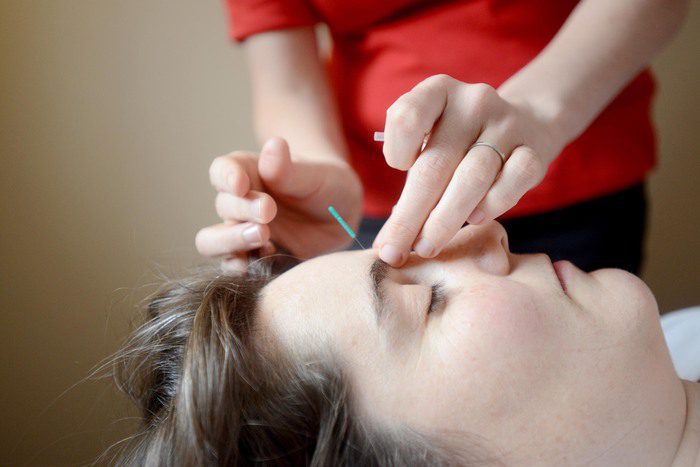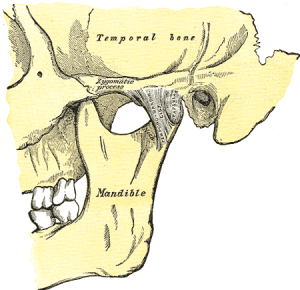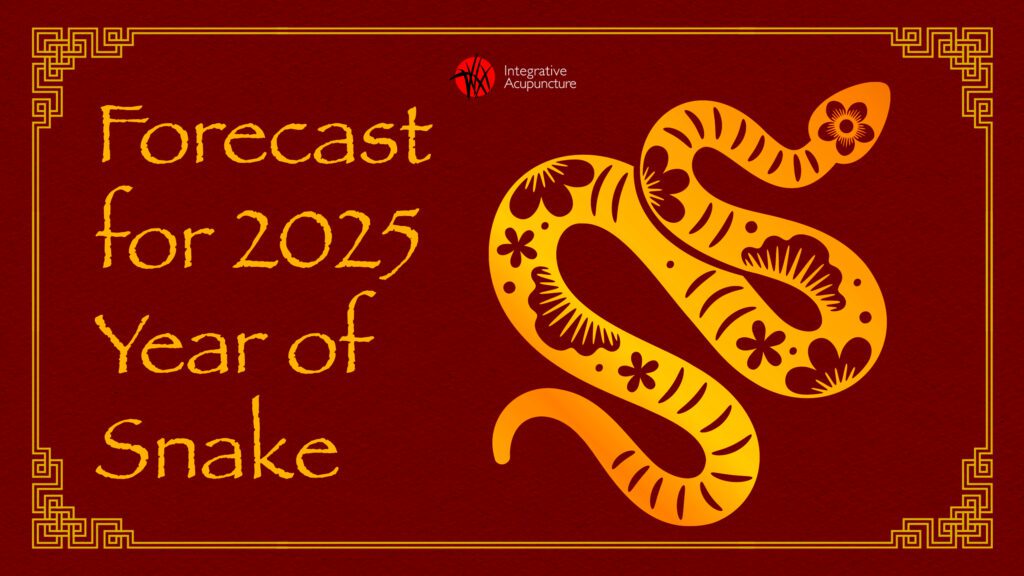TMJ PAIN
Evidence of Acupuncture Reducing Symptoms of Temporomandibular dysfunction (TMJ):
It’s estimated that up to 30 percent of the world’s adult population suffers from TMJ, most of whom are between the ages of 20 and 40. Many people living with this condition simply mask the pain with prescription painkillers or other medications. In doing so, however, they create other problems, such as increased stress on the liver and stomach. Acupuncture offers an alternative treatment that instead of masking the pain, works to reduce symptoms at the source.
A study published by the British Acupuncture Society found that “acupuncture is a simple, relatively safe and potentially efficacious and useful technique in the management of temporomandibular dysfunction (TMJ).” By returning the body’s natural flow back to order, acupuncture can relieve pain and inflammation in the jaw.
The study found that acupuncture produced a beneficial effect in 85 percent of participants suffering from TMJ and a pain reduction intensity on average of 75 percent. Another study done at the Ribeirão Preto Dental School at São Paulo University in Brazil concluded that patients with TMJ had significantly less pain, less clenching and increased strength of bite after three months of acupuncture treatment.
Things to try at home:
-
Jaw Exercises
- Try opening your mouth as wide as you can without feeling pain, move your jaw to the right and hold for 10 seconds, do the same to the left and repeat five times.
- Massage the muscles around your jaw hinge in a downward motion.
-
Relaxation
Stress and anxiety are very common inducers of TMJ. Some people tend to clench their jaw when feeling stressed or anxious, which results in TMJ symptoms.
- Practice deep breathing. The best way to do this is to lie on your back, place your left hand on your stomach and right hand on your chest. Count to five to inhale, hold your inhale for two seconds, and exhale for five seconds.
- Stretch your spine. Interlock your hands behind your head and bend forward with straight legs so that your head is reaching for the floor. Stay in this position for at least ten seconds accompanied with awareness to breathing. This practice can deeply stretch and relax your spinal chord and reduce TMJ pain.
If you or someone you know is suffering from TMJ, refer them to an acupuncturist for alternative treatment options.







